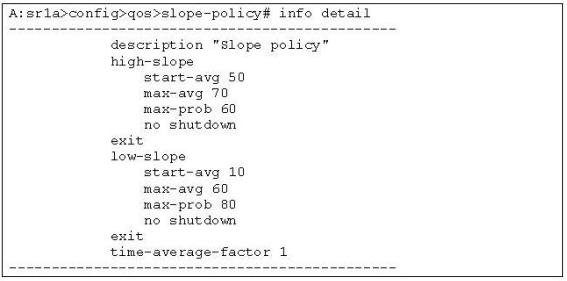Quality of Service
Here you have the best Alcatel-Lucent 4A0-107 practice exam questions
- You have 48 total questions to study from
- Each page has 5 questions, making a total of 10 pages
- You can navigate through the pages using the buttons at the bottom
- This questions were last updated on March 29, 2025
